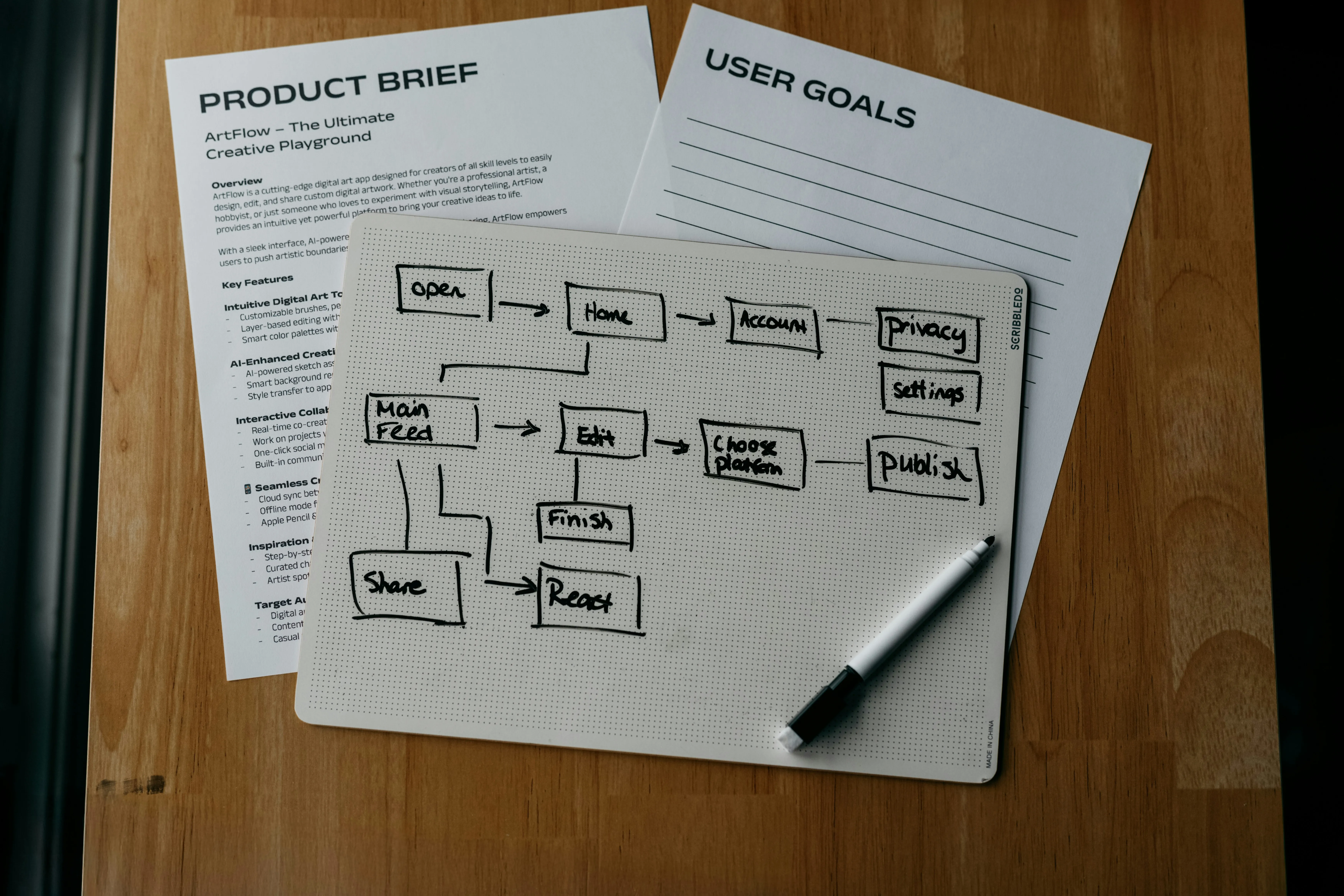Introduction to RAD Methodology
Ever wondered how some teams can move from an idea to a working product in just weeks? The secret sauce might be RAD, Rapid Application Development. It’s a flexible, user-focused methodology in project management, known for its speed, adaptability, and emphasis on user feedback.
In today’s fast-paced digital world, traditional methods often lag behind. RAD provides an alternative that puts collaboration and results above rigid plans and documentation. Whether you're a project manager, developer, or startup founder, understanding RAD can reshape how you approach your next project.

History and Origin of RAD
RAD was introduced by James Martin in the 1980s, during a time when businesses desperately needed faster ways to build software. The traditional Waterfall model couldn’t keep up with changing requirements and user demands. Martin’s RAD model encouraged iterative development, prototyping, and ongoing user feedback all hallmarks of today’s Agile methodologies.
Core Principles of RAD
1. Speed Over Perfection
RAD prioritizes building a functional product as quickly as possible, even if it's not fully polished. Perfection can come later through iterations.
2. Continuous User Involvement
Unlike Waterfall, where users often don’t see the product until it's finished, RAD involves them from the start. Their feedback shapes the design every step of the way.
3. Flexibility and Adaptability
Got a mid-project change request? RAD can handle it. The model welcomes evolving requirements and rapid pivots.
Key Phases of RAD Methodology
The RAD model is divided into four key phases, each crucial for delivering fast and effective results.

Phase 1: Requirements Planning
This stage is quick and collaborative. Stakeholders come together to outline project goals, define scope, and identify potential challenges all within a few days rather than weeks.
Phase 2: User Design
Prototypes are built in collaboration with users. This is an iterative loop — users give feedback, and developers update the design accordingly. It's all about aligning the final product with user needs from the start.
Phase 3: Construction
With validated prototypes in hand, the actual development begins. Developers build in short cycles, frequently testing and adjusting based on ongoing feedback. This phase often overlaps with the previous one.
Phase 4: Cutover (Implementation)
The final step involves system testing, training, data conversion, and user acceptance. Thanks to all the prototyping, there are fewer surprises here. The software is deployed, and the users are ready to go.
Tools Commonly Used in RAD
To make RAD work, you’ll need tools that support fast development, real-time feedback, and strong collaboration:
● Prototyping Tools – Figma, Balsamiq, Adobe XD
● Project Management Tools – Jira, Trello, Asana
● Code Editors/IDEs – Visual Studio Code, IntelliJ IDEA
● Version Control Systems – GitHub, GitLab
For deeper technical understanding, check out IBM’s official guide to RAD.
RAD vs Traditional Waterfall Model
| Feature |
RAD Methodology |
Waterfall Model |
| Development Style |
Iterative and flexible |
Linear and structured |
| User Involvement |
Continuous |
Only in initial/final stage |
| Time to Market |
Faster |
Slower |
| Requirement Flexibility |
High |
Low |
| Ideal Project Type |
Small to medium-sized |
Large and complex |
Benefits of Using RAD
1. Faster Time-to-Market
RAD helps you launch MVPs or full products faster by cutting down on rigid processes and allowing for real-time feedback.
2. Higher User Satisfaction
Because users are part of the process from day one, the final product is tailored to what they really need.
3. Reduced Development Costs
With rapid prototyping and early bug fixes, you save time and resources reducing overall project costs.
Challenges and Limitations of RAD

1. Not Ideal for Large-Scale Projects
If your system has complex dependencies or strict regulatory needs, RAD might not be the best choice.
2. Requires Active User Involvement
Users must be available and engaged throughout the project. If they aren’t, the process can stall.
3. Risk of Scope Creep
Because changes are welcomed, the project can easily expand beyond its original scope without strong oversight.
When to Use RAD Methodology
RAD shines in situations where:
● Requirements are unclear or likely to evolve
● You need a working solution fast
● Users are available for frequent feedback
● You're developing MVPs or short-cycle apps
Industries like fintech, e-commerce, healthtech, and startups thrive on RAD’s speed and flexibility.
Best Practices for Implementing RAD
● Engage Users Early: Make sure users are committed and available.
● Prototype Quickly: Don’t wait for perfection; iterate fast.
● Maintain Strong Communication: Keep all teams aligned throughout the development process.
● Monitor Scope Closely: Use a project manager to prevent feature bloat.
Real-World Applications of RAD
Here’s how RAD has worked in practice:
● Banking Apps: Rapid feature deployment with ongoing feedback from customers.
● Retail Platforms: Quick iterations based on user behavior and trends.
● Healthcare Systems: Building interfaces based on direct feedback from doctors and nurses.

Future of RAD in Project Management
RAD is far from outdated. In fact, it’s evolving. With the rise of Agile, DevOps, and CI/CD pipelines (Atlassian: What is CI/CD?), RAD fits right in. Expect to see more hybrid approaches, combining RAD with Scrum and Lean to boost efficiency even further.
Conclusion
RAD methodology isn’t just a buzzword, it’s a powerful approach to building projects faster, with more user input and less wasted effort. While it's not the perfect fit for every scenario, it’s a fantastic tool for teams that need speed, agility, and collaboration.
So, the next time you’re stuck in a drawn-out development cycle, ask yourself: “Would RAD work better here?”
Need help implementing RAD or other project management methodologies? Reach out to New Web Order for expert guidance and solutions tailored to your needs.
FAQs
1. What makes RAD different from Agile?
RAD focuses heavily on prototyping and user feedback, while Agile uses sprints and structured planning cycles. Think of RAD as a rapid-fire version of Agile.
2. Can RAD be used in non-software projects?
Yes. RAD's principles of fast feedback and iterative development can apply to marketing, product design, and more.
3. What is the role of the customer in RAD?
Crucial! Customers provide feedback throughout the process, guiding design and functionality in real time.
4. Is RAD methodology outdated?
Not at all. RAD is evolving alongside Agile and DevOps, remaining relevant in fast-paced development environments.
5. How does RAD ensure quality while moving fast?
By building prototypes and involving users continuously, RAD catches bugs and misunderstandings early in the process.



